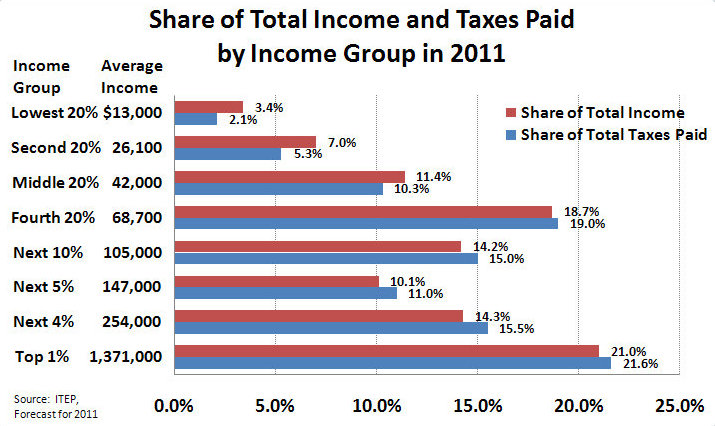Regardless of the makeup of the Legislature and no matter who inhabits the Governors’ mansion, New Mexico is in dire need of reform. That is the clear and unambiguous conclusion that can be derived from just a few recent news stories this week.
First, Forbes put the Land of Enchantment at the top of its list of “Death Spiral States. ” Said Forbes:
 Don’t buy a house in a state where private sector workers are outnumbered by folks dependent on government.
Don’t buy a house in a state where private sector workers are outnumbered by folks dependent on government.
Thinking about buying a house? Or a municipal bond? Be careful where you put your capital. Don’t put it in a state at high risk of a fiscal tailspin.
Telling its readers not to buy a house in New Mexico is not exactly reassuring for current homeowners in our state.
Second, according to a new report from the US Department of Education, New Mexico’s educational system is 46th out of the 47 systems studied. Just 63 percent of New Mexico students in the 2010-2011 school year finished secondary school.
Lastly, according to a new report from the Fraser Institute, a free market think tank based in Canada, New Mexico is the least economically-free state in the United States and is freer than only the Canadian province of Prince Edward Island.
With NM being ranked the least economically free state in the entire union (and most of Canada) it is no wonder we will continue to see a further hemorrhaging of jobs as businesses and employers will invariably seek to set up shop in any other state with a more business friendly environment.
Said Paul Gessing, president of the Rio Grande Foundation, “New Mexicans are used to their state being ranked poorly in these national rankings, but they cannot feel good about these results and the fact that our state has been hemorrhaging jobs while other states grow. Our state needs a healthy dose of free market policies and educational choice during the upcoming 60-day legislative session.”
No organization has been as active in studying these problems and putting forth solutions. Contact the Rio Grande Foundation at 505-264-6090 for interviews.



